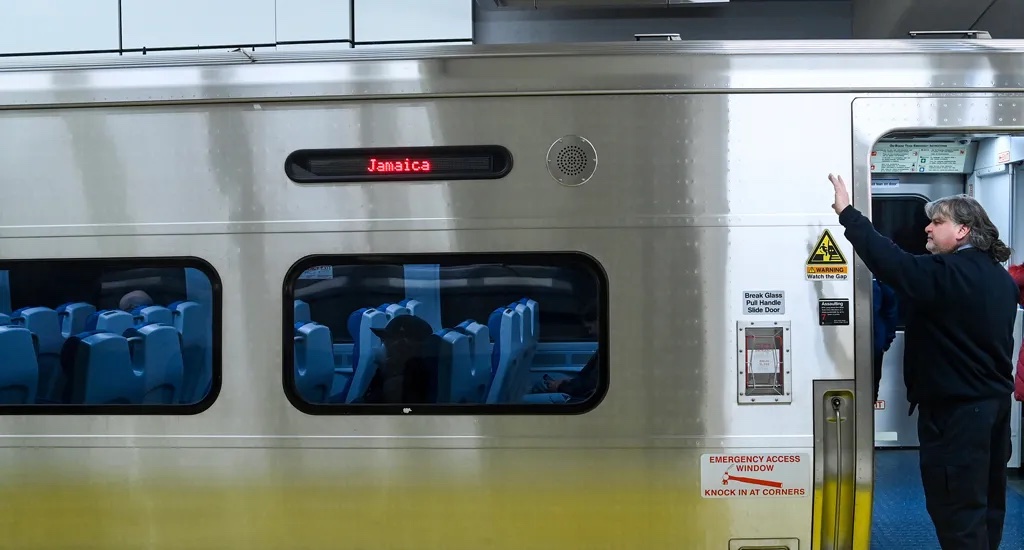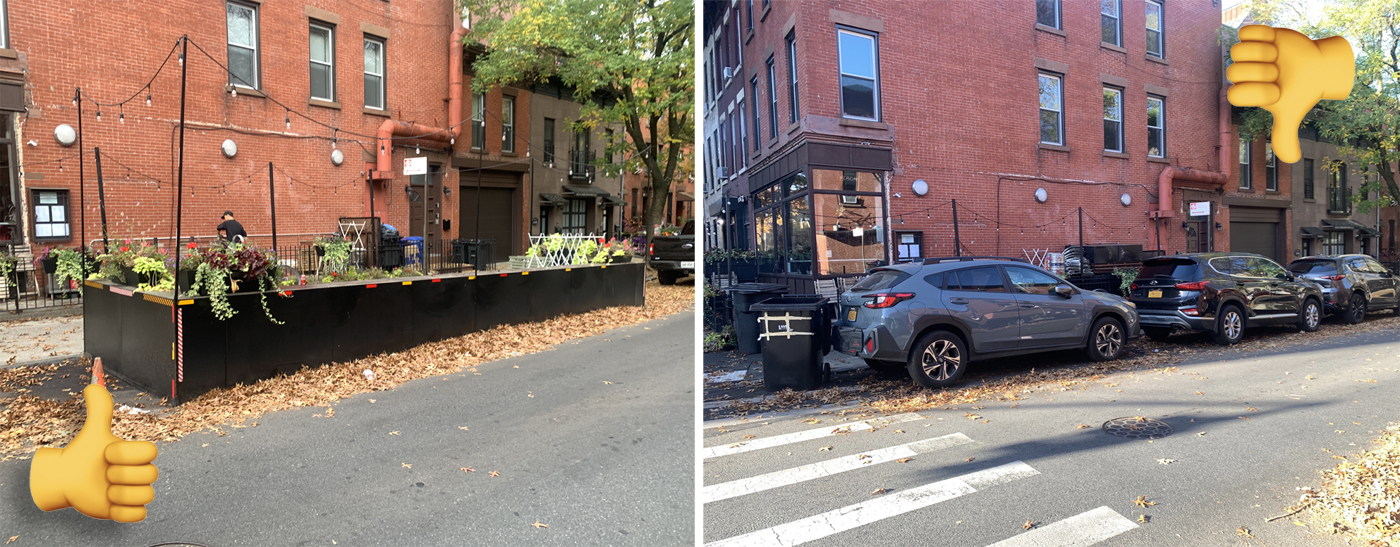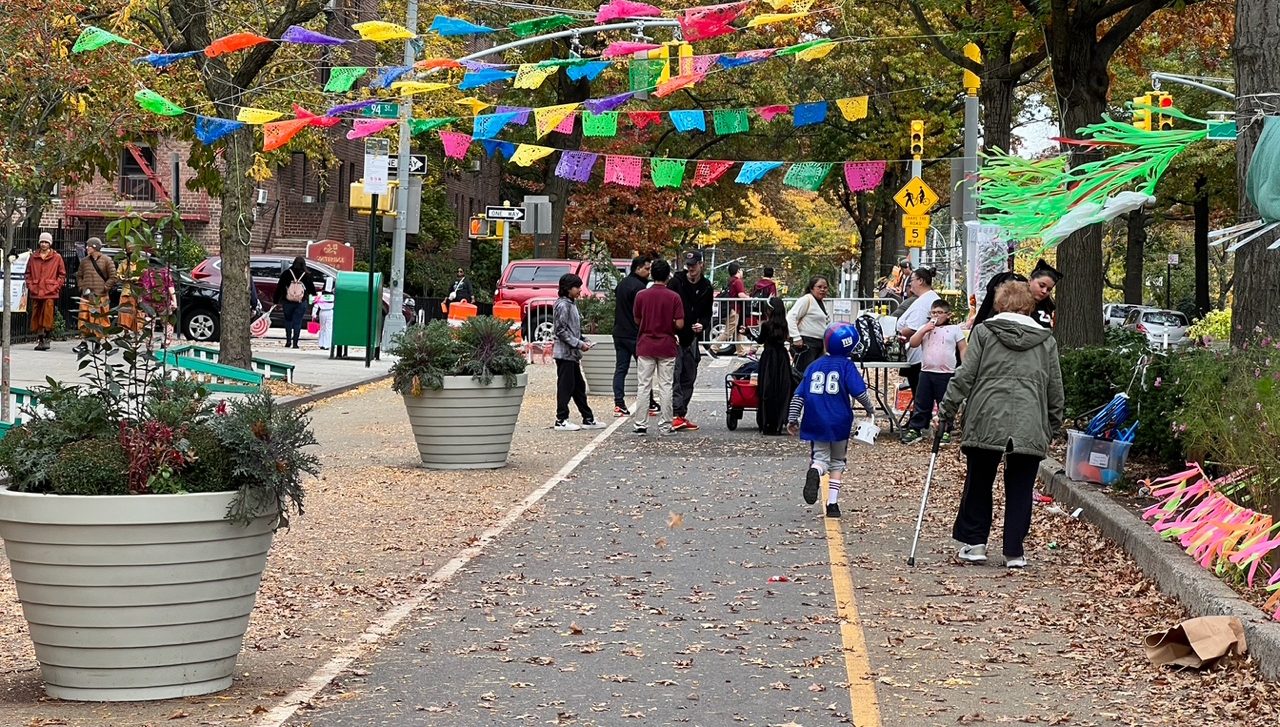Millions of dollars in unallocated state funds raised from an earlier, pre-congestion pricing fee should be put towards luring more city residents onto Metro-North and the Long Island Rail Road, the MTA's in-house advocacy group said in a new report released on Thursday.
State legislators have already allocated money from the $50-million-per-year Outer Borough Transit Account — funded by a 2018 surcharge on Manhattan for-hire vehicle and taxi trips south of 96th Street — to increased bus service, toll rebates for select MTA-owned outerborough bridges and a 10-percent discount on monthly commuter rail passes for trips within New York City.
With congestion pricing scheduled to launch on Jan. 5, the MTA's Permanent Citizens Advisory Committee wants the rest of the "underutilized" OBTA — $12 million in annual funds and $46 million in surplus monies from past years, according to PCAC — to go towards creating a weekly "CityTicket" with discount transfers to the subway and city buses.
The CityTicket is a discounted, flat-fee fare option for Metro-North and LIRR trips that start and end within New York City — $5 off-peak, $7 peak — that is not available in weekly or monthly form. Adding a weekly option would cost $25 million, which the committee said could be mostly funded by the OBTA.
Expanding CityTicket to have a weekly option and discounts on subway and bus trips would mark a significant upgrade from the former Atlantic Ticket, a now-defunct pilot that allowed intra-city LIRR riders buy a weekly ticket between Atlantic Terminal and Jamaica with an attached MetroCard. The MTA killed it in 2023.
Other fare-related recommendations in the report, which would require other funding sources, include:
- Expanding commuter rail discounts for seniors, people with disabilities and people on Medicare to the morning peak. The MTA's policy of requiring those riders pay the full fare in the morning "makes no sense" and "creates unnecessary hurdles" for riders, the PCAC said.
- Eliminating the "'mid-kid' gap" in Metro-North and the LIRR's "Family Fare" program, which today allows children aged 5-11 to ride free if they are with a parent. The existing policy encourages families with kids 12 and over to drive instead of taking the train in order to save money on fares, the PCAC report said.
- Growing the city-funded "Fair Fares" program for low-income New Yorkers to include commuter rail trips within New York City and to New Yorkers making up to 200 percent of the Federal Poverty Level. The program currently only applies to New Yorkers making up to 145 percent of the Federal Poverty Level, and only for trips on the subways or buses. New York is one of just two cities in the US without an income-based discount for commuter rail.
- Creating a unified fare zone for Metro-North and LIRR trips within New York City limits.
- Exploring other "transfer options with fare incentives" using OMNY and the MTA TrainTime app, including transfer options for NYC Ferry, Citi Bike and suburban buses.
Those ideas together cost far more than the OBTA has available, but PCAC hopes the state Legislature and City Council will make them happen.
The report comes the day after the MTA board approved a budget that requires it to re-evaluate, and likely increase, fares next year — an important step to keep the MTA budget solvent that may also rankle New Yorkers frustrated with rising costs.
"We're talking a lot about affordability as we look at congestion pricing coming on the line," said PCAC Executive Director Lisa Daglian. "We're making these recommendations to the MTA board and to Albany and to the city with the hope that they'll be adopted, funded and in place in the coming year."
Commuter rail services remain way under pre-pandemic ridership levels, but are often prohibitively expensive for residents of New York City, which has 39 Metro-North and LIRR stations within its boundaries. New Yorkers who lives near railroad stops often opt for long bus commutes to save money. The railroads provide "an opportunity to provide equitable access to affordable transit ... for people within the city who live in subway deserts," Daglian said.
"People live in communities where they can see the commuter rail run through their backyards, but they may be prohibitively expensive. They might not be something they've ever thought about taking before," she told Streetsblog.
Additional reporting by Dave Colon






